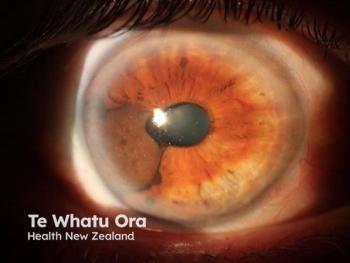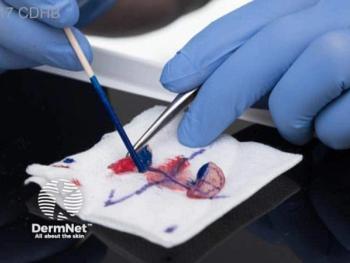
St. Jude Registry Aims to Better Understand Pediatric Melanoma
St. Jude Children’s Research Hospital researchers have created a registry to better understand pediatric melanoma.
The St. Jude Children’s Research Hospital scientists created a registry called Molecular Analysis of Childhood MELanocytic Tumors (MACMEL) to better understand pediatric melanoma.1
“What is different about the MACMEL registry is that it is prospective,” said corresponding author Alberto Pappo, MD, St. Jude
The scientists working on the Washington University Pediatric Cancer Genome Project discovered that pediatric melanoma is multiple diseases instead of one. Those diseases being:
- Conventional Melanoma: Melanocytic lesions with features similar to adult melanoma occur almost exclusively in adolescents. These tumors often have proto-oncogene B-Raf (BRAF) and telomerase reverse transcriptase (TERT) promoter mutations.1
- Spitz Melanoma and Atypical Spitz Tumors: These occur in younger patients and are characterized by copy number alterations. These tumors typically have kinase fusions involving mitogen-activated protein kinase kinase kinase 8 (MAP3K8), neurotrophic tyrosine receptor kinase (NTRK), anaplastic lymphoma receptor tyrosine kinase (ALK), ROS proto-oncogene 1, receptor tyrosine kinase (ROS1), rearranged during transfection (RET), BRAF or MET proto-oncogene, and receptor tyrosine kinase (MET).1
- Giant Congenital Nevus Melanomas: These are aggressive tumors that have NRAS Proto-Oncogene, GTPase (NRAS) mutations, and upregulation of TERT.1
As of now, the clinical behavior of melanoma tumors in children cannot be accurately predicted by clinical or morphologic features, but the registry provides the opportunity to understand them better and, potentially, treat them, according to the release.
“What we're seeing from the registry’s data is that these are incredibly diverse tumors. Some patients need drastic measures. For many others, masterful watching is the best option,” said last author Armita Bahrami, MD, formerly of St. Jude and now professor at Emory University, Atlanta, Georgia, in the release. “It is critical for the care team to consider all available clinical, pathologic, and genomic data in order to assign patients to the appropriate risk category.”
Since 2016, the registry has been enrolling patients and researchers have analyzed data from the first 70 patients, categorizing them into the 3 subgroups above or as other. With the help of that data, it has been determined that most spitzoid melanomas have a gene fusion commonly involving MAP3K8 and it was found that spitzoid melanomas that do not have a TERT mutation have a benign clinical course.
Regarding the conventional melanomas, the registry found that the most common mutation was in the BRAF gene and patients diagnosed with advanced disease did not do as well as earlier stage disease. The study also showed the giant congenital nevus melanomas all has NRAS mutations and all patients diagnosed died because of the melanoma.
These results highlight the need to take into consideration the patient’s age, pathology review, and integrated genomic analysis not only to arrive at the right diagnosis but to anticipate the clinical behavior of these tumors.
“Now that we have all of this information available, we can be significantly more selective and integrate this information into treatment decision making,” Pappo said. “It will help us provide the best information possible for the patient as far as prognosis, recurrence, and the need for additional surgery or therapy.”
A majority of the patients included in the registry were treated at St. Jude through a
The
Reference:
1. Melanoma registry results shine light on rare pediatric cancer. St. Jude Children’s Research Hospital. Press release. July 6, 2021. Accessed July 14, 2021.
Newsletter
Like what you’re reading? Subscribe to Dermatology Times for weekly updates on therapies, innovations, and real-world practice tips.

















